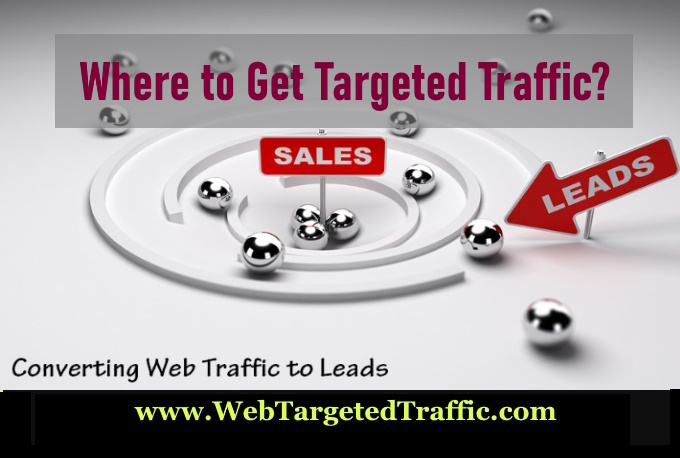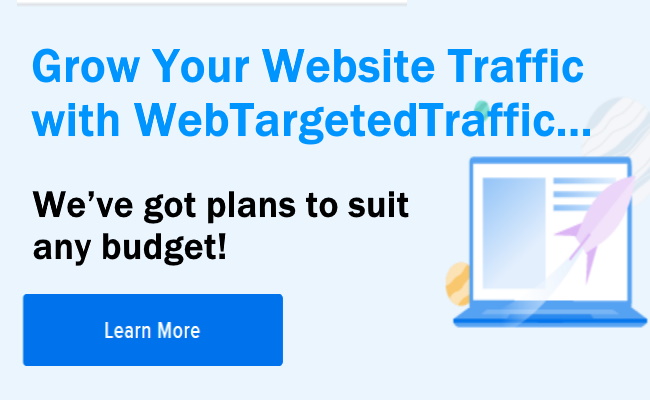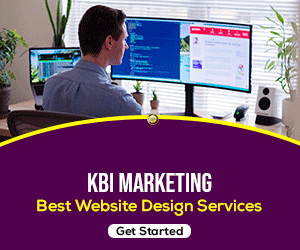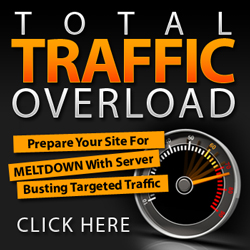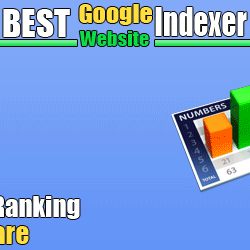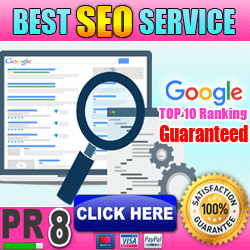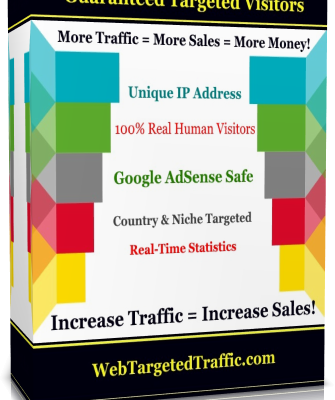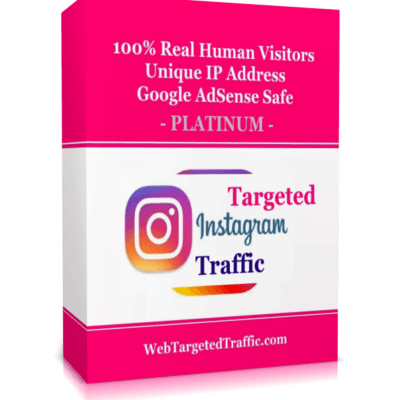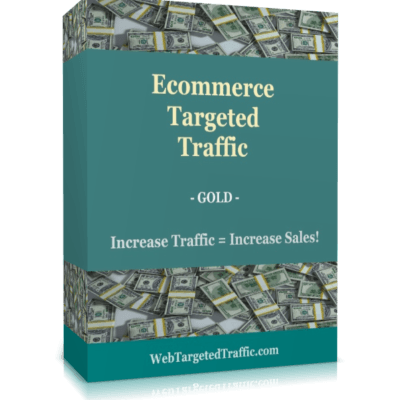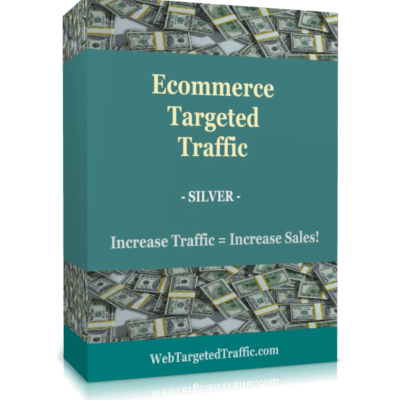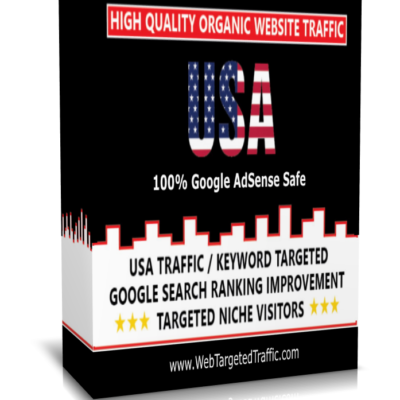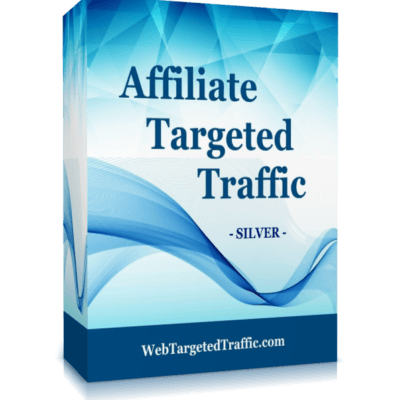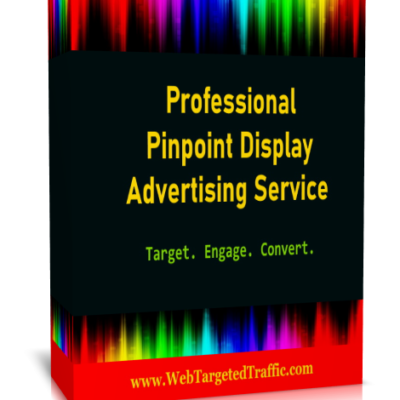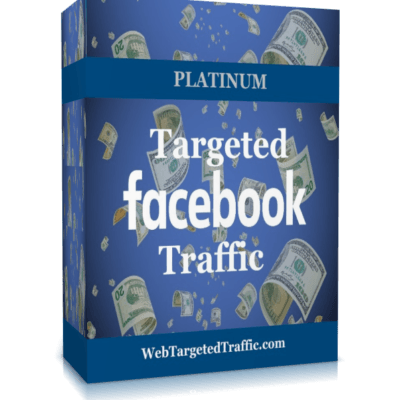Attracting meaningful traffic to your website is hard work. Making sales and conversion from that traffic is a lot harder.
And if you aren’t making sales – or at least getting visitors to sign up to your mailing list – on your website, what’s the point of having it?
Why invest your time and energy into attracting visitors that won’t convert?
This is synonymous with having lots of people window-shopping at a physical store, with few, or worse none, actually making a purchase.
You definitely do not want that. It’s bad business!
Are you having difficulties converting traffic to your site into leads and sales?
Well, you can turn the tide today and start winning by doing a few things.
Table of Contents
Why You Are Getting Traffic but No Conversions
Imagine for a moment that you have a car and it suddenly breaks down while you are on the road with it.
What will you most likely first do to put the car back in shape?
Find out where the problem is coming from, isn’t it?
That’s basically how things work.
So, until you first know the possible reasons why your visitors aren’t converting, finding a solution might be a problem.
Reason #1: Your Website Is Attracting the Wrong Traffic
How do you imagine things will turn out if, let’s say, you went about marketing baby skincare products to adult men?
You will surely make some sales, but it will definitely not be enough to pay for a burger.
So, if your website isn’t converting as you want, there’s a good chance that you are attracting the wrong set of people.
How do you fix this problem?
Stick around; we will get to that shortly.
Reason #2: Visitors Don’t Find What They Are Looking for Quickly
Did you know that the average attention span of a web user is about 15 seconds?
That means you only have 15 seconds to convince a visitor to stay or move to the next tab opened in their browser.
But is it even possible to make your visitors see reasons to stay on your website within that short time span?
Truth is, you alone can answer that question. Just do the right thing, and you might never have to worry about losing your visitors.
One of the things you can do is directing visitors to the right page that best fits their needs, and not just your homepage.
More details on that in a jiffy.
Reason #3: Too Many Popups Are Showing on Your Website
Popups can be annoying. But if you implement them right, they won’t be.
That said, one mistake you can’t afford to make is showing too many popups at a time on your page.
Or, perhaps, showing them on every page on your website. That, too, is a grave mistake.
If you have been getting huge traffic but no meaningful sales and conversion, you are probably getting it wrong with your popups.
It’s about time you did something about that.
But what exactly should you do?
- Show one popup at a time on your homepage
- If possible, restrict your popups to one or two pages
- Use slide-ins instead
Reason #4: Your Website Is Difficult to Navigate
Poor user experience is a real deal-breaker you shouldn’t take likely. It comes in many forms:
- Difficult or confusing navigation
- Text and images slammed all over a page in an un-thoughtful way
- Slow loading
- Illegible text
- Poor or outdated design
You won’t want any of those to be present on your website.
The navigation is so poor that a visitor might miss it. On top of that, the user experience is terrible, and the design sloppy.
Does your website remotely look like that? If it does, it needs a serious facelift.
Reason #5: Your Sales Funnel Has Leaky Holes
Not every one that arrives at your site will make a purchase – that’s the hard truth. As a matter of fact, only a small fraction of your visitors will eventually become buyers or subscribers.
So, how do you go about nurturing casual visitors into customers?
Simply by building a sales funnel. Or conversion funnel, as it is also known.
But if your sales funnel isn’t properly optimized – or has leaky holes – you won’t see the sales and conversion you so desire. Not to worry, I will show you how to fix that in a moment.
How Do You Convert Traffic to Leads?
1. Create a compelling offering
2. Launch a landing page where visitors will give their information in exchange for the offering and don’t forget to say “Thanks”
3. Create a call-to-action to promote the offering
4. Test and Measure the results and repeat.
Step #1 – Choosing the Compelling Offer
Your offering is what will draw people to your website – the visitors. It must speak to your target audience and give them a reason to fill out the form to get access to that prime offering. If you are a vegetable gardening expert, you want to create an offer that will attract someone who wants to grow their own vegetable garden, even if it is for the first time.
You can use product-focused offers as well as content-based offers. You might offer a free consultation, a 30-day trial, or a live demonstration of your product. Use your imagination. You may come up with a unique offering that no one else has used in your industry. If you think it will work for your target audience, try it.
Anything you offer is designed to start a conversation with your target audience. Whether you are the only salesperson or if you have a full sales staff, these offers will get the conversation started so you can lead that prospect into becoming a paying customer.
Step #2 – Create a Landing Page and Download/Thank You Page
In order to give people the opportunity to sign up for your offering, you need a landing page. This is where your various calls-to-action will take visitors. Having a call-to-action with no place to take action is a mistake made by many. It will frustrate visitors and make them go elsewhere.
Your landing page will contain two elements: a description of the offering and the form where visitors fill out information before gaining access to the offering.
-
Offering Description – The description should offer a concise list of bullet points about the benefits the offering provides. Integrating graphics into this description is also good. Use clear language with what you are offering: “Download the whitepaper here” or “Get your copy of the eBook here.”
-
Visitor Form – The information you ask for on the form is what you will use for sales and marketing purposes. Do not ask for too much information as this can turn away people who do not want to become spam victims. Get the information you need to start the sales conversion process. You can gather more information later in the sales process if needed. Many start with name and email address.
As soon as the visitor gives the basic information, immediately redirect them to a thank-you page where they can download the offering.
Not all leads are the same. In the future, you can start filtering out leads for quality. At this point, getting leads in the pipeline is the goal.
Step #3 – Creating Calls-to-Action
You have your offering and a page where people can sign-up to download it. You are ready to start integrating calls-to-action to direct people to the offering.
A call-to-action is a button or link that grabs the user’s attention and takes that person to the landing page. You can use many types of calls-to-action throughout your website, in email, on blog posts, inside offers, and in any other marketing efforts you send in a campaign.
The call-to-action and landing page need to align in message and look. If your CTA offers “Download this industry leading whitepaper about X,” your landing page needs the same message. If you change the landing page message to “Get this eBook about Y,” you have lost your audience. If you are using a graphic element in your call-to-action (button, image, etc.), be sure that look is also present on the landing page. Make sure your message tell the benefits of your offering.
When creating a CTA, make sure it links properly to your landing page. Check it several times before publishing it so your visitors do not get confused or lost. With compelling calls-to-action, you will start seeing leads signing up.
Step #4 – Test and Measure Results
To get an exact measure of your conversion efforts, you need to look at a few critical marketing metrics on the basic elements in your conversion process: calls-to-action, landing pages, and offerings.
Here are the metrics to watch:
-
Click-through rate (CTR) on the calls-to-action – You may have two or three different CTAs for a single landing page. You may find that one of those CTAs stands out for pulling people in while the others are only mediocre. This allows you to focus your efforts on the CTAs that work with your audience.
-
Conversion rate of the landing page – Your CTAs bring them to the landing page. How many of those people are taking the next step to fill out the form and become a lead? You can offer more than one landing page. Measure which one of the landing pages has the better conversion rates.
-
Number of new leads and sales from a particular offering – Your landing pages and CTAs are bringing in leads to a particular offering. Once you offer more than one offering, you can begin to measure and compare which offering is drawing the largest number of leads.
These metrics give you an idea of what is successful and what is not in your conversion process.
To find what is working best, you have to test different CTAs, landing pages, and offers. Make changes every three to four weeks to your CTAs and see if it improves your numbers. Add a different offering every couple of months and see which one gets the most leads. Test different versions of landing pages. Keep a copy of the older ones, you can always switch back if the new version doesn’t work.
Sources:
1.IAB (2019). “The ROI of Paid Search Advertising.” Interactive Advertising Bureau.
2.Google (2018). “The Need for Speed: The Impact of Loading Time on Mobile Conversion Rates.” Google.
3.Digital Marketing Institute (2021). “The Impact of Targeted Advertising on Conversion Rates.” Digital Marketing Institute.
Ready to Drive Targeted Traffic to Your Website?
Now that you have these tactics in your toolbox, you should be able to put together a simple strategy for getting more people to your site. Remember, though, that this isn’t a one-off exercise, nor do you have to try everything at once or use only one tactic at a time.
Try something. See if it works. If it fails, stick at it a little longer but bring something else into your roster. Most importantly, make sure the technical aspects of your site are running smoothly — if you need targeted audience, for example, we’ve got plans to suit any budget!
PRO TIP: We run Facebook/Instagram, Google/Youtube, Linkedin, and Native Ad traffic for lots of different businesses, and would love to help you! Click here to learn more!

